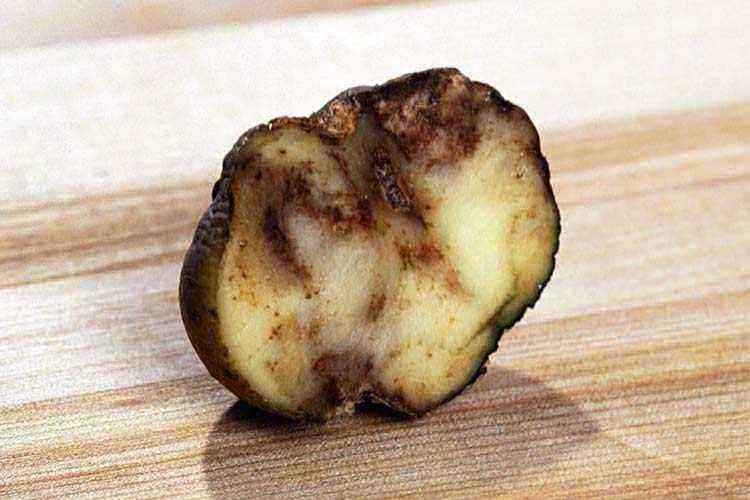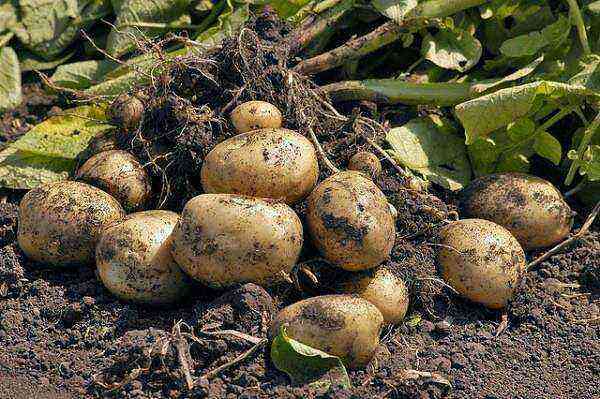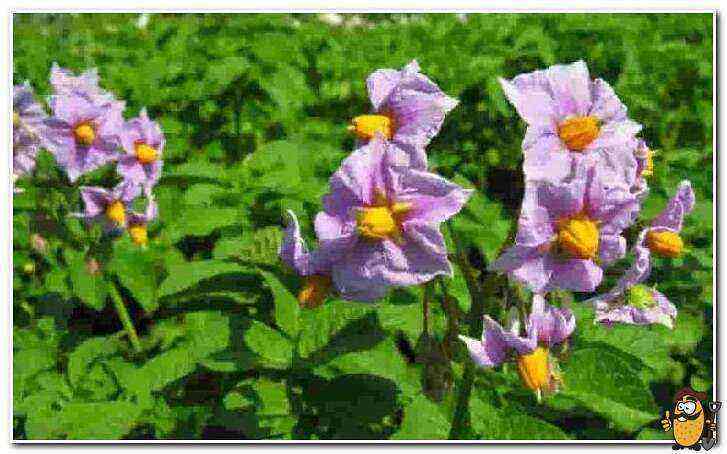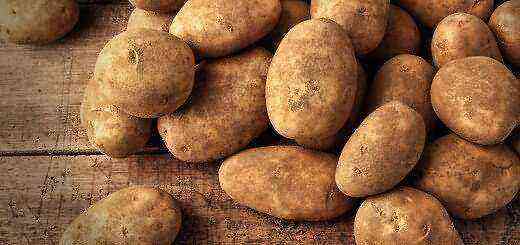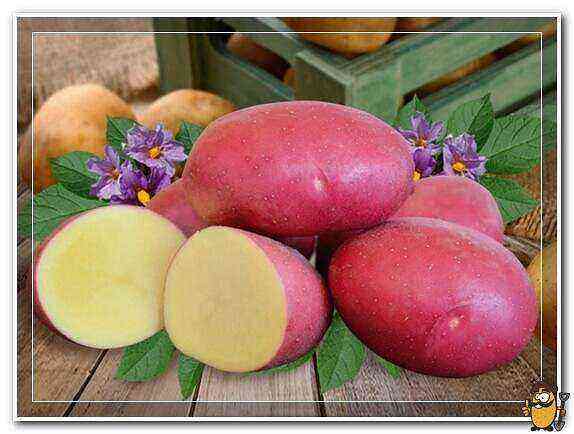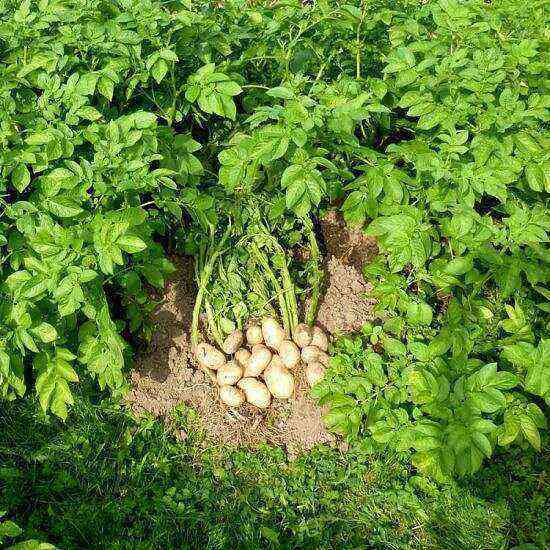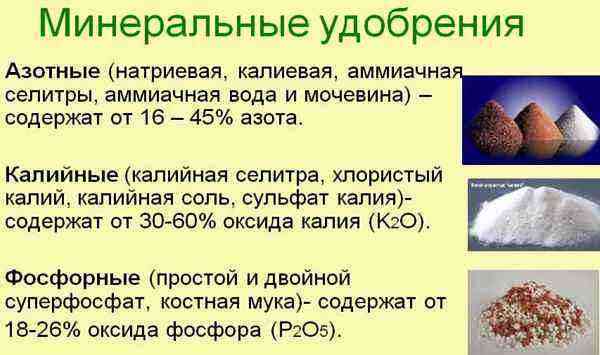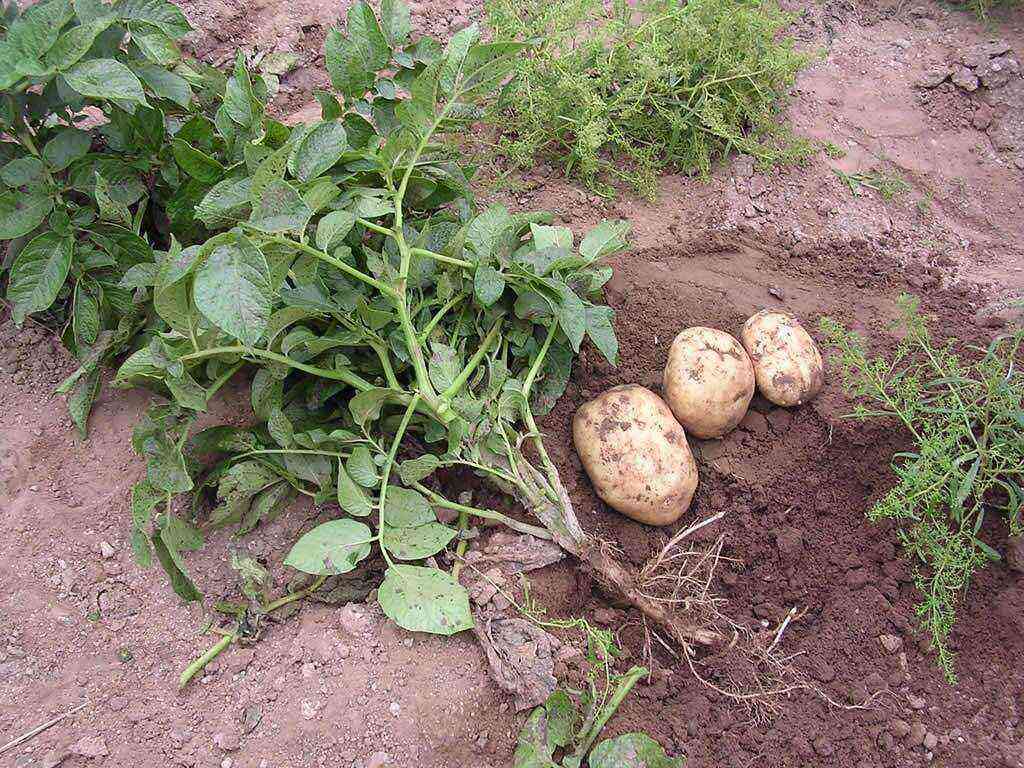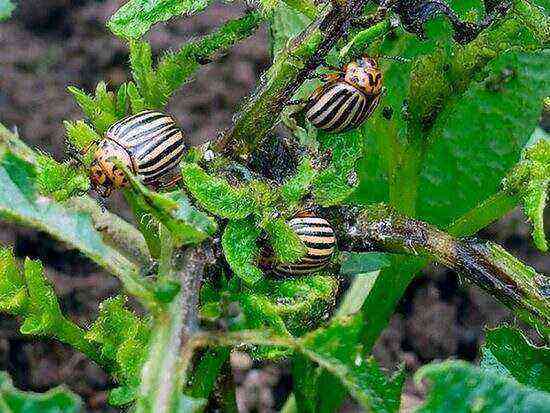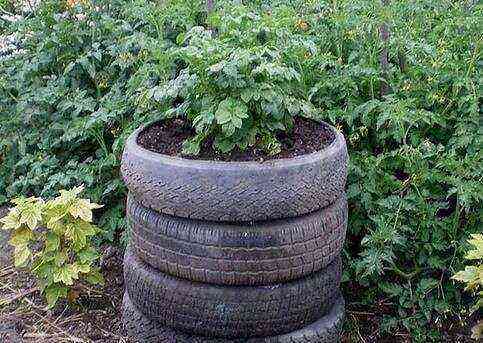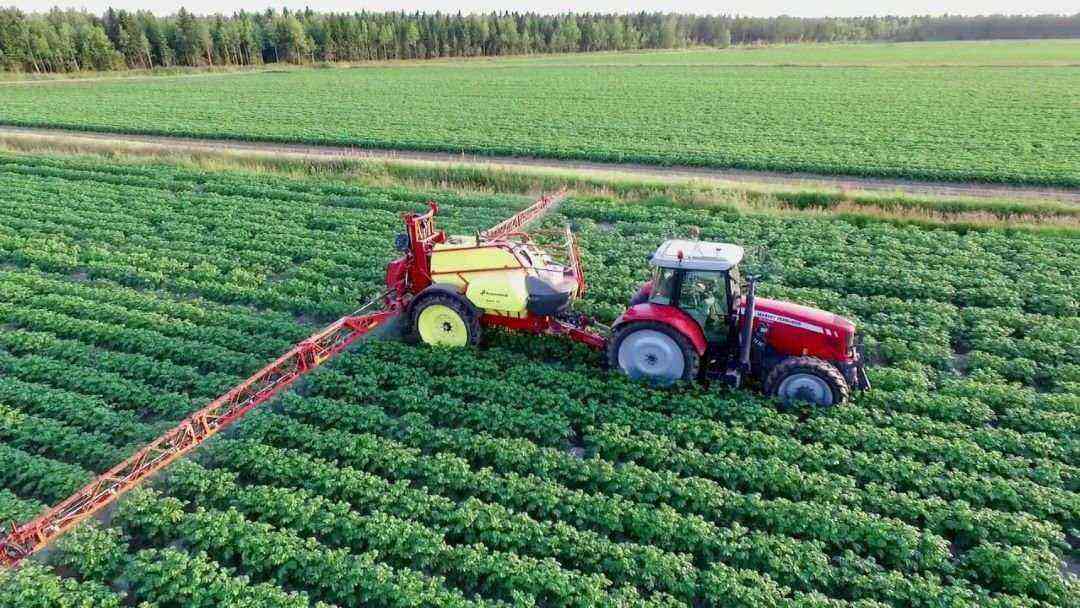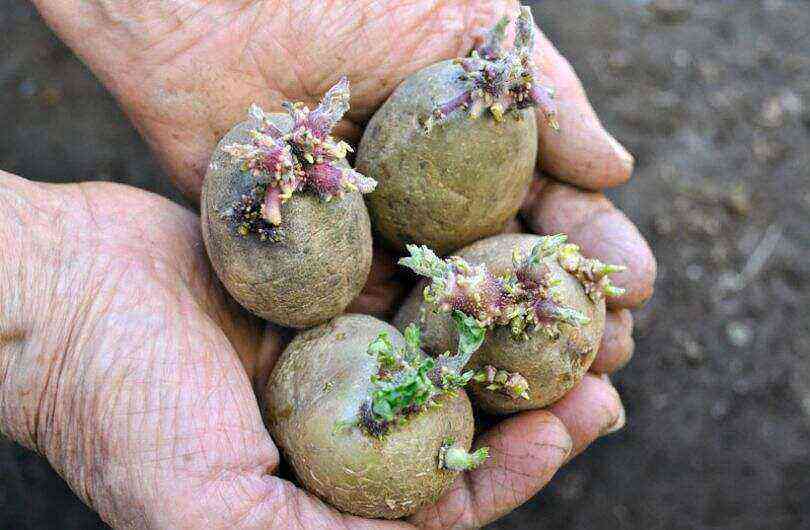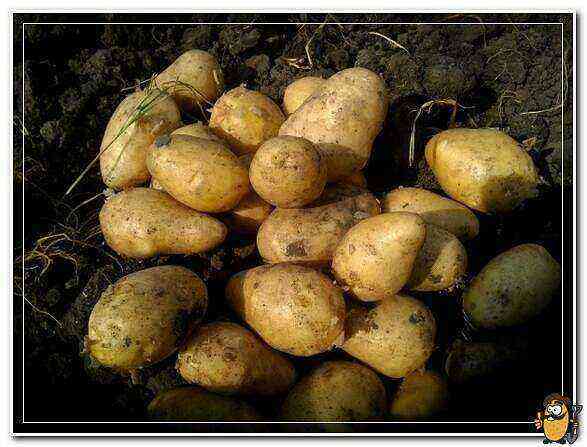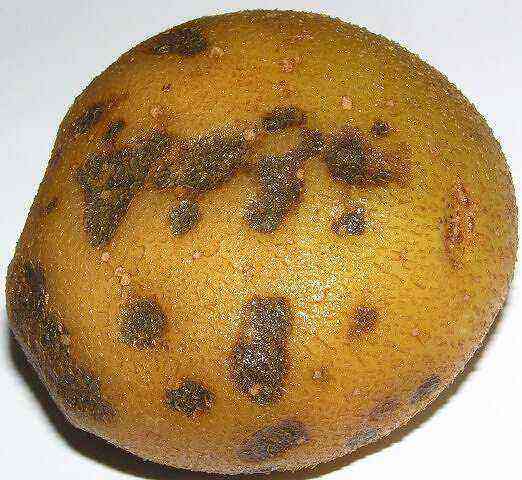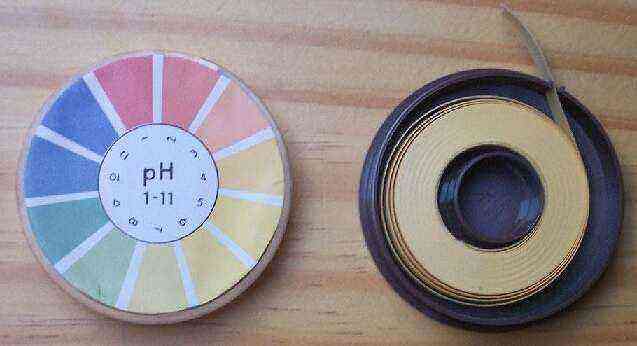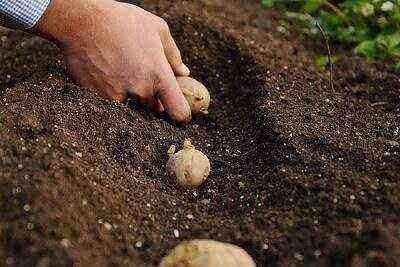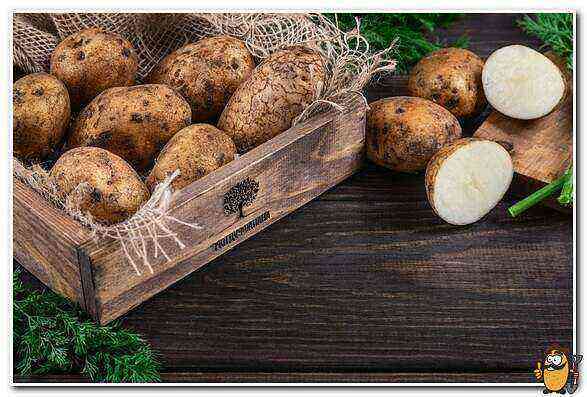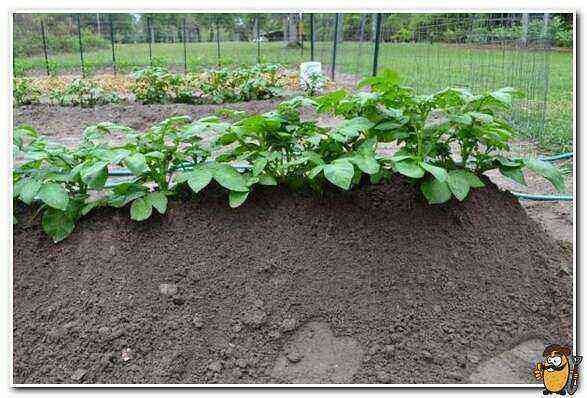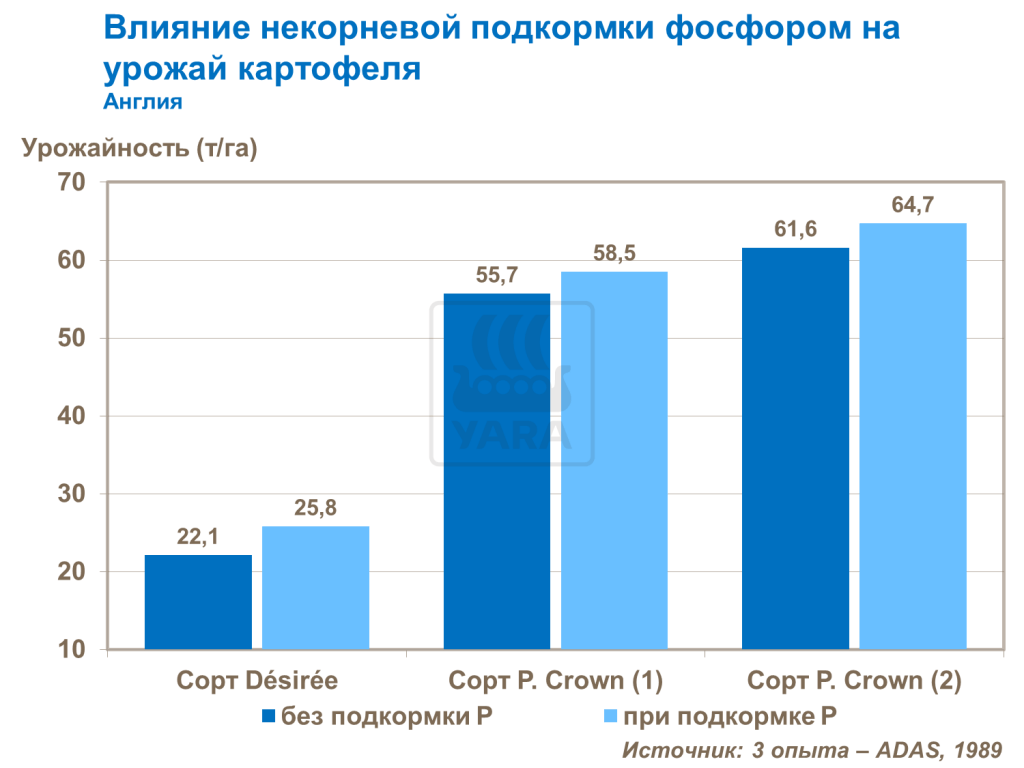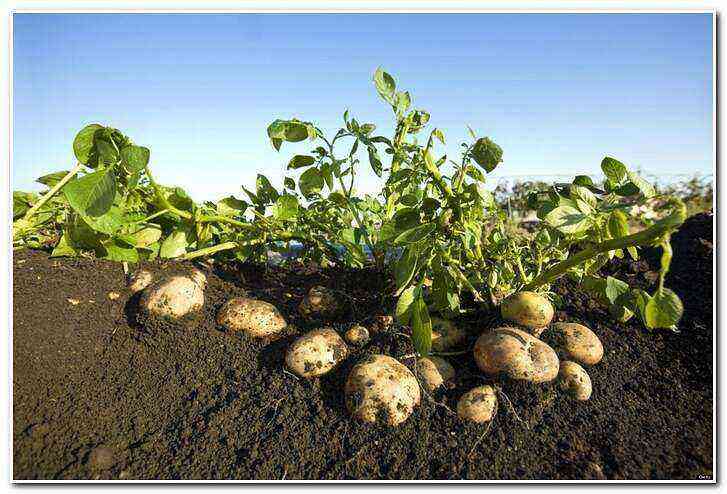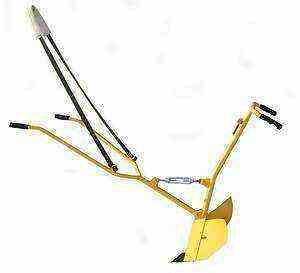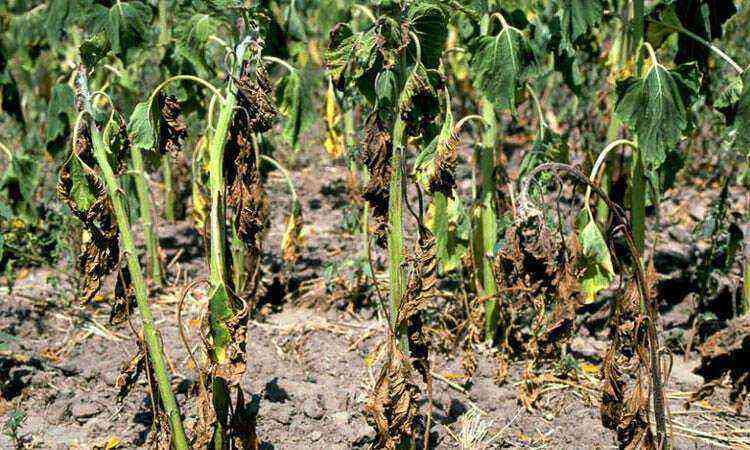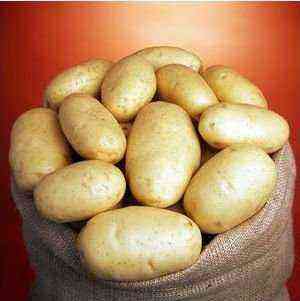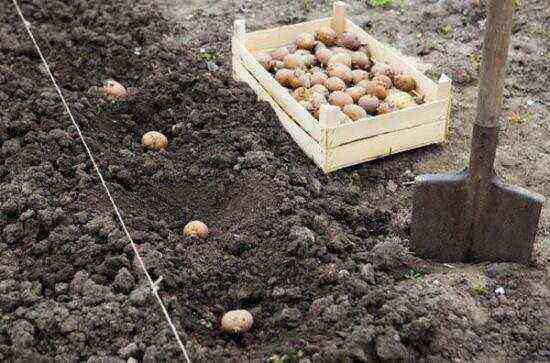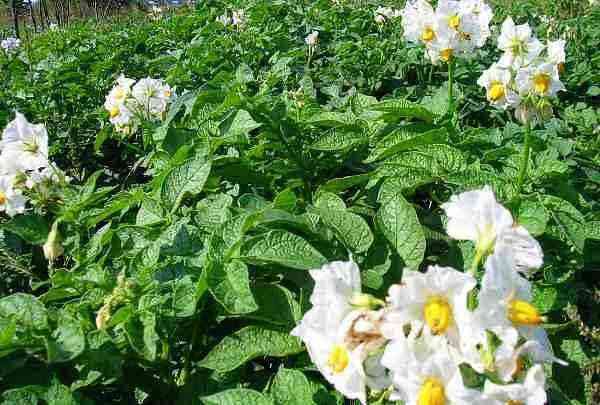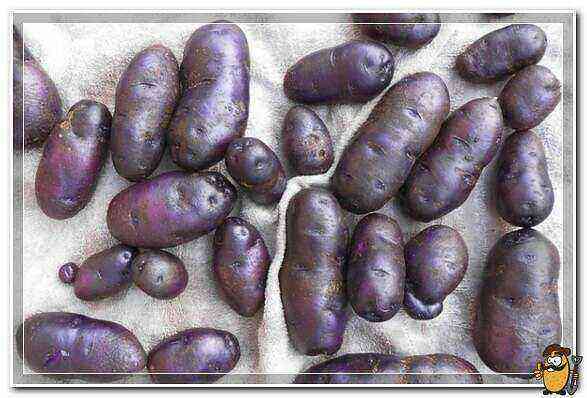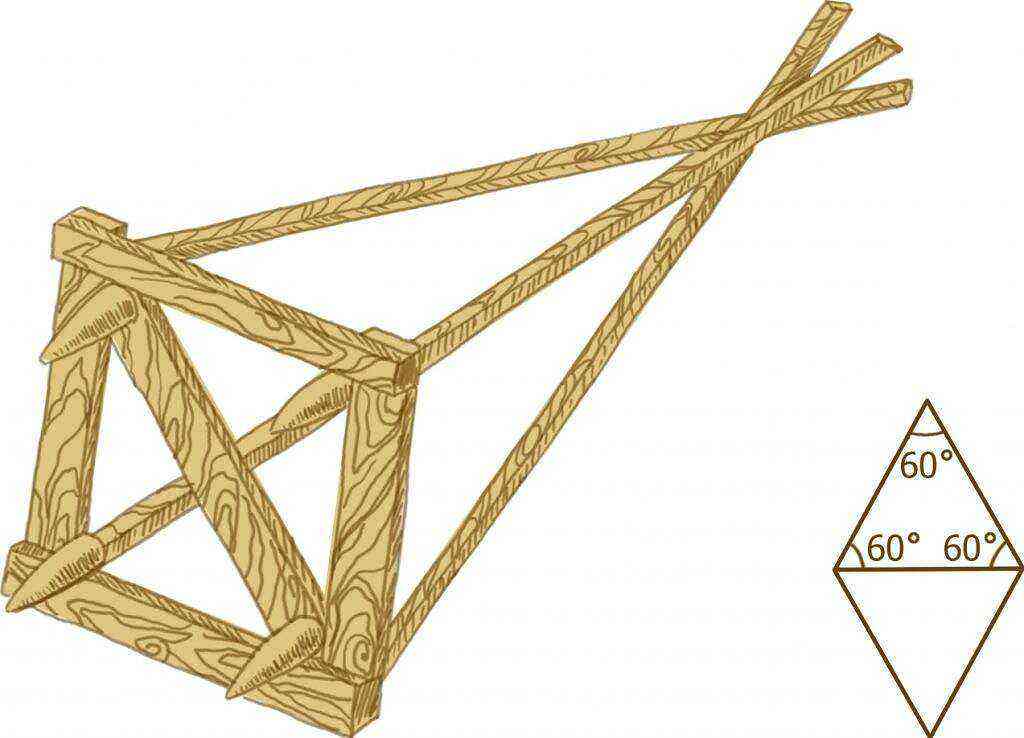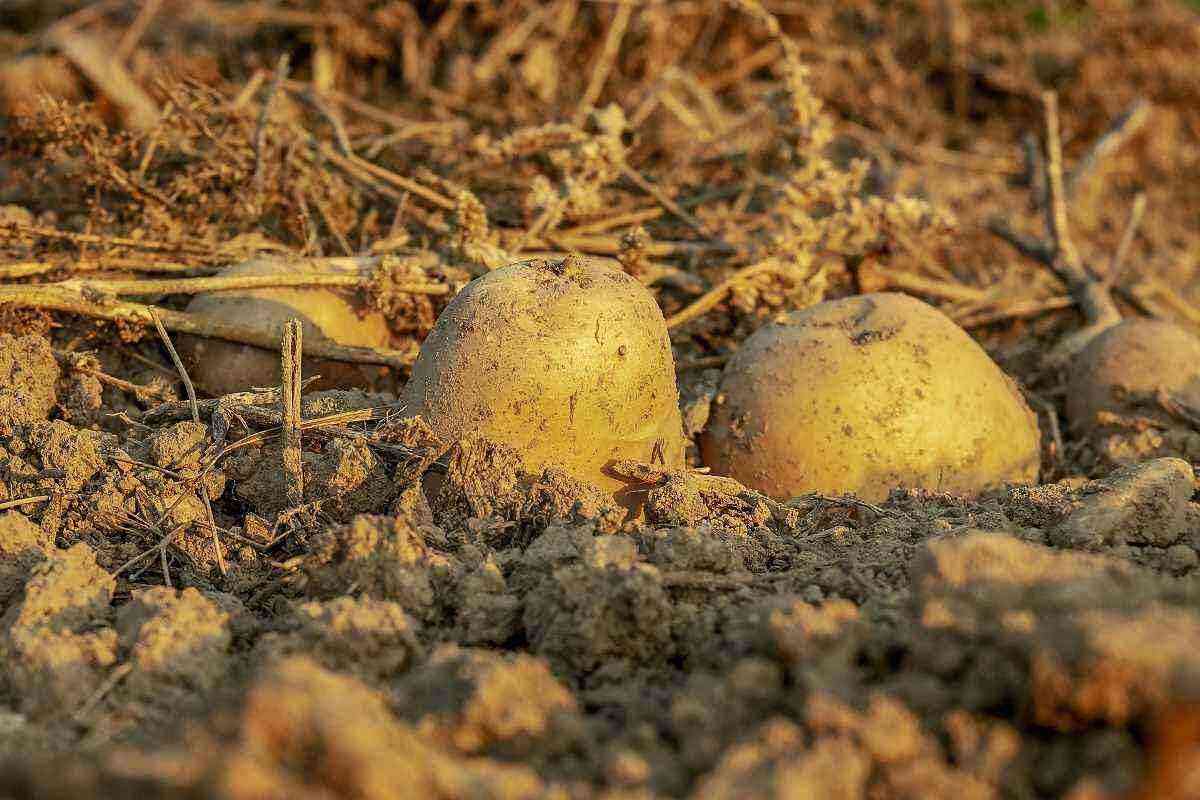A little more than two decades ago, German breeders developed the wonderful table potato variety Rosar. Gardeners immediately appreciated all its qualities, and now they are grown in different climatic zones.
Vegetable growers consider this variety to be the most reliable, productively stable and unpretentious. Thanks to their amazing properties, Rosara potatoes are among the leading early varieties of this crop. It was recorded in the State Register of our country back in 1996, but it continues to enjoy immense popularity to this day.
🥔 Rosara potatoes: characteristics
The variety is competitive both in the domestic vegetable market and in the world. It is an early crop with a high nutritional value. The ripening period of tubers is 50-65 days. Its high yield is also characterized by stability, the average figure is 370-400 centners per hectare. One bush can grow up to 20 fairly large potatoes weighing 80-110 grams, containing 12-16% starch. Keeping quality is 97%, which means that if all storage rules are followed, this potato practically does not deteriorate.
The bushes of the plant are semi-spreading, erect, of medium height (50-55cm). Leaves are few, ovoid, pale green in color. Flowers are pinkish-lilac in color, small, collected in high corollas. The root system is well developed. One bush can form one and a half, or even two dozen potatoes of the same size and regular shape.

🥔 Rosara potatoes: description of tubers
The potato has the following distinctive characteristics:
- oval, sometimes drop-shaped specimens are found;
- the size of the tubers is the same, they seem to be specially selected, the average length is 10-11 cm;
- the skin is pink saturated color, slightly rough, thin;
- eyes are small, superficial;
- the flesh in the cut has a yellowish tint;
- the taste is great;
- tubers are not very boiled;
- they are stored for a long time, they transfer transportation almost without loss, regardless of the distance.
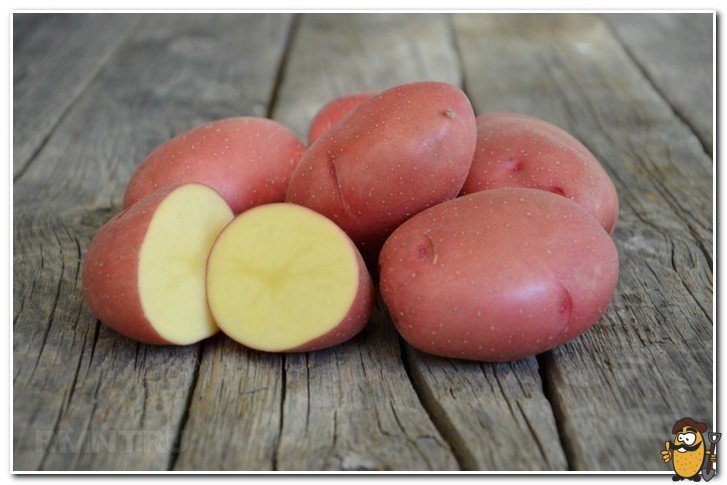
🥔 Pros and cons of the variety
Each variety has its own advantages and disadvantages, but Rosara has much more of the former. This variety has the following positive characteristics:
- High immunity to most diseases. Enviable resistance to potato crayfish, golden nematode, late blight of tubers and scab.
- Rapid adaptation to the climate of the zone in which it is cultivated. The variety is insensitive to droughts, heavy rainfall and waterlogging.
- Early maturity – tubers ripen in just two months. This is especially important for those regions where the summer is too short.
- High yield – from a small plot you can get enough potatoes for a large family until next season.
- Seed material does not require frequent renewal. It can be used for up to 6 years, while the indicators remain consistently high.
- It should be noted the versatility of the Rosar potato. Taste qualities allow you to cook all kinds of dishes from tubers. Even after prolonged heat treatment, the pieces do not turn into a shapeless mass, they retain the pleasant taste of butter.
- The presentable appearance of the tubers allows you to grow this variety not only in summer cottages for individual use, but also in large farms for wholesale.
Unfortunately, there are also several negative qualities, namely:
- Bushes too early begin to fall to the ground, scatter. This creates slight difficulties in the weeding and hilling process.
- The foliage is very susceptible to late blight attack, so chemicals have to be used often.
- The fried potatoes are too hard.
These minor drawbacks are almost invisible against the background of Rosara’s overall positive picture.
🥔 Features of cultivation
Despite the fact that the variety has good characteristics and does not lose them within 5-6 years, it is still recommended to periodically change the planting material. The fact is that the soil is gradually depleted, a large number of spores of pathogens accumulate in it, and this negatively affects subsequent harvests. Moreover, regardless of the climatic zone, weather and growing conditions. Therefore, you need to buy new specimens, preferably from the “Rosara Elite Potato” series, then there will be no problems with the quality of the tubers.
In order not to spend money on the purchase of expensive planting material, seed potatoes can be obtained from seeds on their own. To do this, you need to purchase seeds, grow seedlings from them, and then get small tubers. They will only be suitable for planting and will yield a good harvest next year.

🥔 Planting Rosar Potatoes
The agricultural technology of this variety is simple and does not require much effort. It is important to choose the right place on the site and prepare the soil with high quality. It is advisable to plant tubers in an open, unshaded area that will warm up well. In the lowlands, where water stagnates for a long time and humid cold air dwells, Rosara’s harvest will be much worse. In such places, tubers develop poorly; at the time of harvest, they will be small and deformed.
The soil should be light, loose and moderately moist. This potato grows well in sandy loam and loam. Experienced gardeners determine the acidity of the soil before planting in a new place. If the acid-base balance is disturbed, then large and beautiful tubers should not be expected.

Rosary’s yield begins to decline 3-4 years after growing in the same place. To prevent this, you need to take timely care of crop rotation. Cucumbers, flax, cabbage, mustard, pumpkin, all legumes and clover are considered good predecessors. But after sunflower, tomato or pepper, these potatoes, as a rule, begin to suffer from various diseases inherent in the culture.
Rosar’s seed potatoes must be germinated before planting in the ground. This allows you to enjoy the taste of young potatoes ahead of schedule. Also, the planting material is hardened by warming it up in the sun for several days. During this time, the skin will turn green, more durable and will not allow the tubers to rot in cool soil.
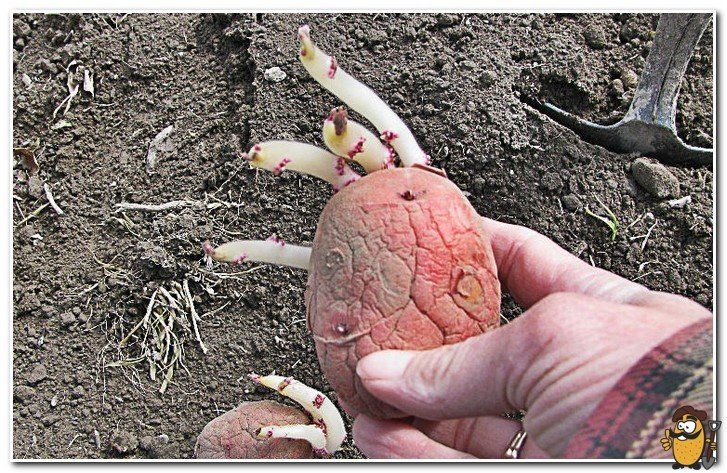
This variety, like most others, can be planted in three popular ways:
- comb;
- trench;
- smooth.
Most often, gardeners use the latter method. They dig holes at a distance of 30-35 cm from each other and add a little humus, ash and other organic matter to each. The second row of holes is dug at a distance of 65-70 cm from the first. In this case, the excavated earth is filled up in the previous holes. This keeps the area smooth and level.
🥔 Care after planting
A week after planting the seed tubers, it is recommended to perform the first loosening. Such an agrotechnical technique is necessary so that young shoots appear faster on the soil surface and give amicable shoots. The second weeding is carried out together with the removal of weeds. Young shoots of potatoes by this time usually grow up to 7-10 cm above the ground. When they reach a height of 15-17 cm, the first hilling can be done, and after 15 days it should be repeated. The more land there is above the tubers, the better the yield.
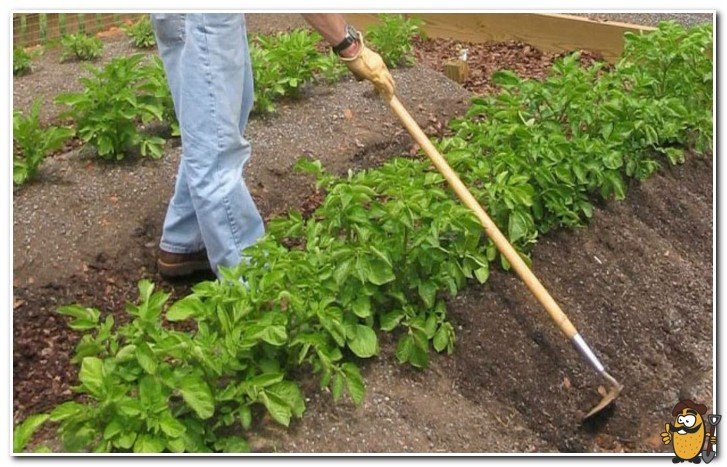
You need to water the plants 2-3 times per season, and then on condition that the weather is too dry. Watering is carried out during the flowering period and after the flowers wither. It is during these periods that the tubers are actively increasing their mass. It is best to use drip irrigation to avoid disturbing hilling.
🥔 Pest control
Rosar’s potatoes received reviews from gardeners for their ease of growing and amazing resistance to diseases, but some pests still will not bypass him. For example, the same Colorado potato beetle does not look at varieties and attacks any potato crop. You can fight this harmful insect both mechanically and using folk or chemical means. Insecticides are applied one month before harvest and used sparingly during flowering.

The chemicals will help defeat late blight of the foliage, which Rosara often suffers from. In order to notice this disease in time, you need to carefully examine the plants. If spoiled ones appear, they should be immediately dug up and disposed of away from the site.
🥔 Harvesting and storage
Ripening dates for Rosar potatoes range from 50 to 65 days. This is enough for the tubers to grow to the desired size, and their skin becomes strong and protects against damage when dug up. When the tops begin to lay on the ground and dry out, they must be cut off, and a week after this procedure, the potatoes can be removed from the ground. For this, a shovel or pitchfork is used.
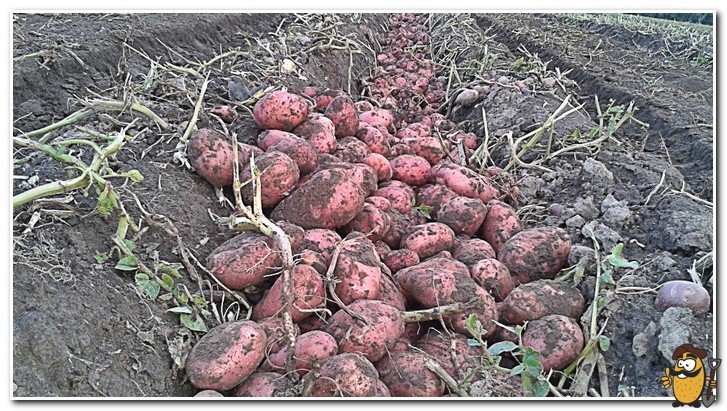
The harvested crop is scattered in a sunny meadow in one layer, and dried for 2-3 hours. For potatoes prepared for storage, the skin should be slightly dried, without large particles of soil.
After drying, Rosara is sorted and placed in storage boxes. Beautiful tubers with numerous eyes are immediately selected for planting next year. Defective and damaged potatoes cannot be put together with the rest, they must be immediately used for food. Tubers damaged by diseases and pests are best disposed of. The harvest of this vegetable is stored in the cellar, basement or in special boxes on the balcony.
Conclusion
Rosara is a wonderful early table variety that can be grown anywhere in our vast country.

